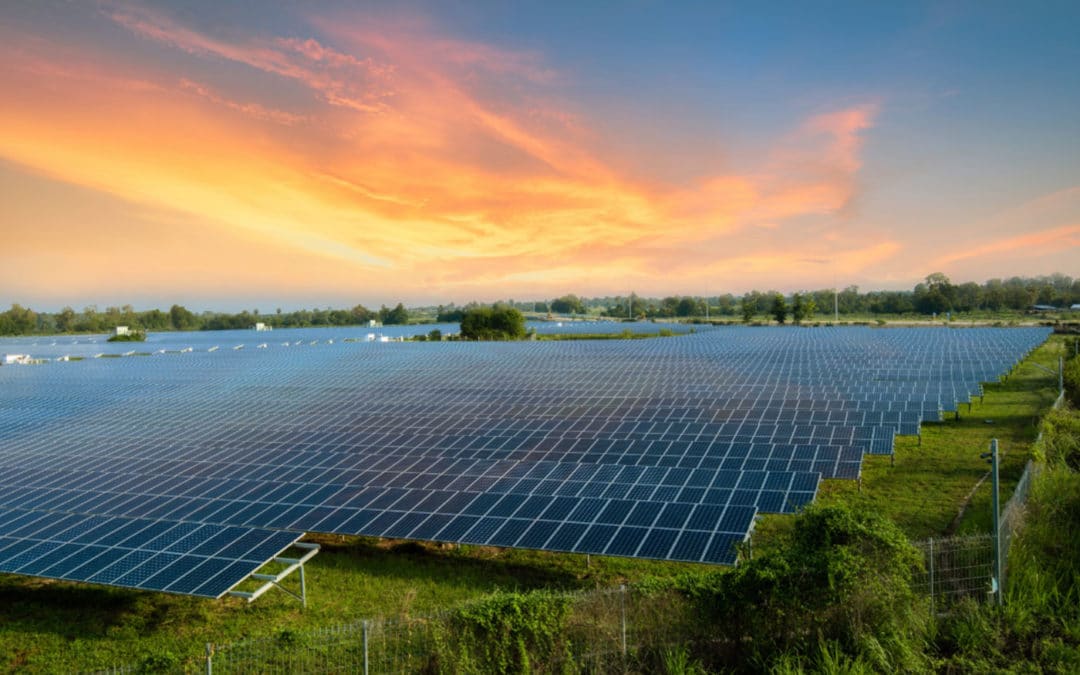As the world continues to move towards more sustainable and eco-friendly energy sources, solar energy is becoming an increasingly popular choice for both residential and commercial properties. Solar installations have already made significant progress in recent years, but there are several key trends that are likely to shape the future of solar energy. In this article, we will explore some of the major trends to watch for in the future of solar installations.
Increase in Solar Storage Solutions
One of the biggest challenges facing solar energy has been the lack of storage solutions. In order to maximize the benefits of solar energy, it’s important to be able to store excess energy for later use. Fortunately, recent advances in battery technology have made solar storage more accessible and affordable than ever before. The cost of solar storage has declined rapidly, making it more feasible for homeowners and businesses to invest in solar energy systems with storage capabilities. The trend towards solar storage is expected to continue, with more and more homeowners and businesses choosing to add battery storage to their solar installations.
Rise of Solar-Powered Electric Vehicles
Another trend that is likely to impact the future of solar installations melbourne is the rise of solar-powered electric vehicles. As more people switch to electric cars, the demand for charging stations is growing. Solar-powered charging stations are an obvious solution, providing a sustainable and cost-effective way to power vehicles. This trend is already visible in some cities and countries, with solar-powered EV charging stations becoming more common. As the technology continues to improve, it’s likely that solar-powered charging stations will become even more popular in the future.
Advancements in Solar Panel Technology
Solar panel technology has come a long way in recent years, and there are several exciting advancements on the horizon. One of the most promising developments is the use of perovskite solar cells, which have the potential to be much cheaper and more efficient than traditional silicon cells. Perovskite solar cells are still in the early stages of development, but they could revolutionize the solar industry if they can be made commercially viable. Other advancements include the use of thin-film solar panels, which are lighter and more flexible than traditional panels, making them ideal for a wider range of applications.
Increase in Solar Microgrids
Another trend that is likely to shape the future of solar installations is the rise of solar microgrids. A microgrid is a small-scale energy system that can operate independently of the main power grid. Solar microgrids are becoming increasingly popular in remote areas where traditional power sources are not available or cost-prohibitive. They can also be used in urban areas to provide backup power in case of a blackout or other emergency. As the technology continues to improve and the cost of solar energy declines, it’s likely that we will see more and more solar microgrids being deployed around the world.
Adoption of Solar-Powered Smart Homes
Finally, the trend towards smart homes is likely to impact the future of solar installations. Smart homes are homes that are equipped with a range of connected devices and appliances that can be controlled remotely. Solar energy can play a key role in powering these homes, with solar panels providing a sustainable source of energy. In addition, the rise of smart homes is likely to drive innovation in solar technology, with new solutions being developed to integrate solar energy with smart home devices and appliances.
Conclusion
In conclusion, solar energy is a rapidly growing industry that is likely to play an increasingly important role in the global energy mix. The trends outlined above are just a few examples of the exciting developments that are taking place in the solar industry. As technology continues to improve and costs continue to decline, we can expect to see even more innovation in the years to come.










